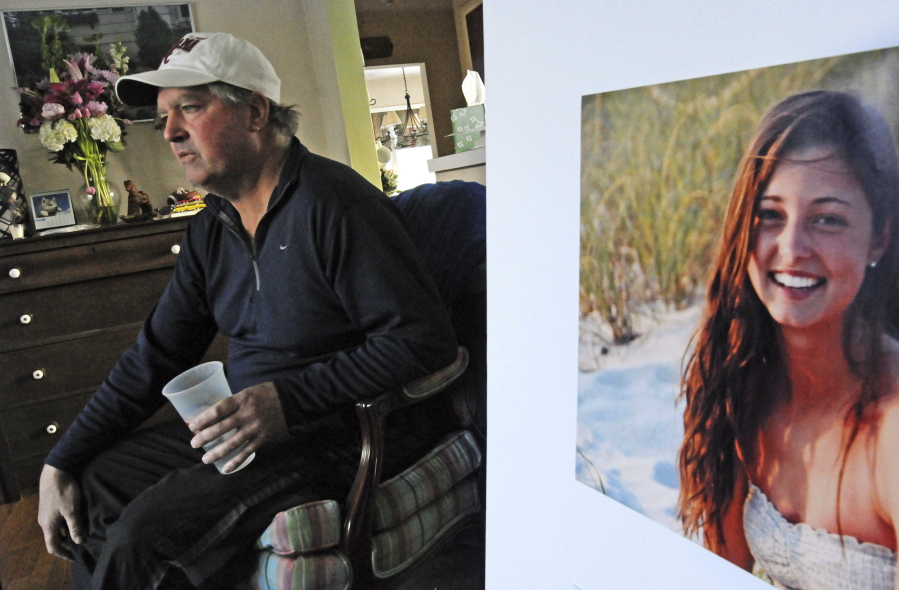BOSTON — Most of the largest U.S. public universities do not track suicides among their students, despite making investments in prevention at a time of surging demand for mental health services.
Tabulating student suicides comes with its own set of challenges and problems. But without that data, prevention advocates say, schools have no way to measure their success and can overlook trends that could offer insight to help them save lives.
“If you don’t collect the data, you’re doing half the job,” said Gordon Smith, a former U.S. senator from Oregon who became a prevention advocate after his son, Garrett, took his life in 2003 while attending college. “We need information in mental health if we’re actually going to be able to better tailor health and healing.”
The Associated Press asked the 100 largest U.S. public universities for annual suicide statistics and found that 46 currently track suicides, including 27 that have consistently done so since 2007. Of the 54 remaining schools, 43 said they don’t track suicides, nine could provide only limited data and didn’t answer questions about how consistently they tracked suicides, and two didn’t provide statistics.



